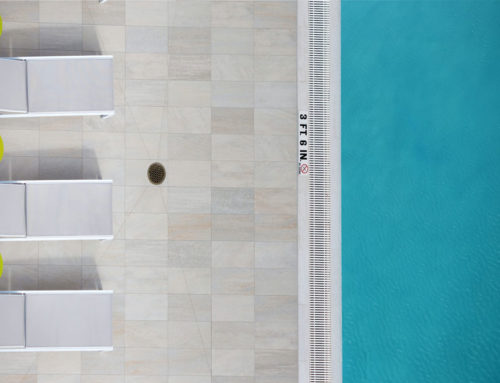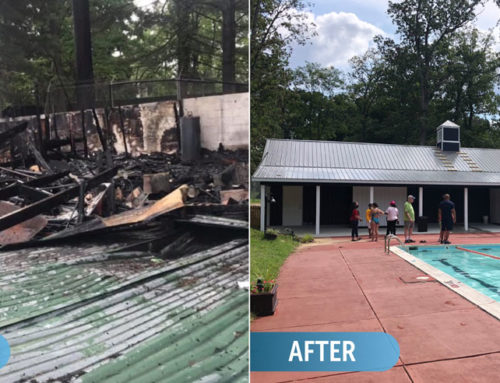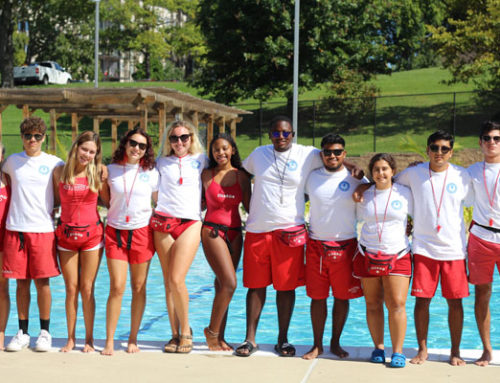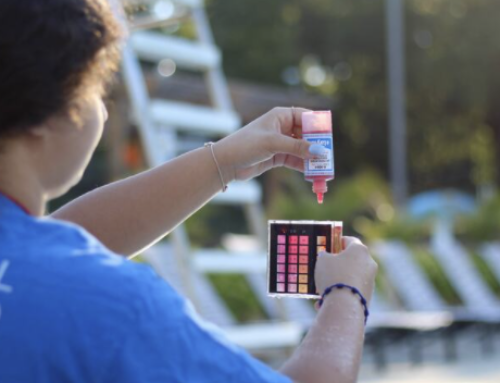The 2016 Summer Olympics are still years away, but athletes all over the world are already preparing for the international athletic event. The road to the Olympics in any sport is not only long and arduous, but contains many roadblocks that prospective Olympians need to overcome to keep moving toward their dreams of athletic glory.
The U.S. Olympic Team isn’t scheduled to hold trials for the first Games to be held in South America until June and July 2016, but that doesn’t mean swimmers across the country aren’t looking toward Rio de Janeiro. As the first step in the qualifying process, USA Swimming recently released cutoff times for the 2016 Trials, and every time is significantly faster than their 2012 counterparts.
Shaving seconds
Frank Busch, national team director for USA Swimming, oversees the qualification process that sends dozens of athletes involved in competitive races to Olympics around the globe. While this takes multiple years and millions of dollars to achieve, Busch explained in a statement that it all begins with the cut times for the Olympic Trials.
“The announcement of the Olympic Trials qualifying standards is always an exciting time in every Olympic cycle,” Busch said. “Thousands of swimmers across the U.S. now have the goal of achieving these times, and we wish them all the best in qualifying to chase their Olympic dreams in Omaha in 2016.”
A full list of qualifying times can be found on USA Swimming’s official website, and Swimming World Magazine explained that every swimmer with even a small interest in making the cut should check them out sooner than later because every single one is faster than the 2012 requirements.
In 2012, the cutoff time for the Women’s 50-meter Freestyle event was 26:39. In 2016, that time has been lowered to 26:19. While only two-tenths of a second faster, the new requirement would eliminate 21 swimmers who qualified in 2012.
Athletes react
A month ahead of USA Swimming’s announcement, the organization also hosted the 2014 National Championship in Irvine, California, where some of the top talent expected to perform in Rio de Janeiro in two years sounded off on how they’re feeling so far ahead of the Games, Omaha.com reported.
By far, the biggest name at the event was 18-time gold medalist Michael Phelps, who began his comeback from retirement with a solid showing in several events.
“The 100 fly feels the best,” Phelps told Omaha.com. “That’s what I’ve done … or what I’ve raced the most since I’ve come back. Felt pretty good yesterday in the water. Hopefully I can hit a wall and turn, and not botch a wall like I have in the past couple races.”
It would be a shock for Phelps to miss the qualifying cuts, which has caused some observers to speculate on the already-decorated swimmer’s performance in Rio. Statistics blog FiveThirtyEight noted that times for men’s Olympic swimming events steadily increase with age, which works against Phelps, who will be 31 years old in 2016.
2012 Olympians Ryan Lochte and Missy Franklin also competed in the championship, but more established names were overshadowed by Katie Ledecky, a 17-year-old from Bethesda, Maryland, who is attempting to qualify for eight separate events in the 2016 Games.
“Everything under the [800-meter Freestyle] is a sprint for me,” Ledecky said. “I treat them as races, and I know what paces I need to hit for the 800 and the mile, and I guess those two are more similar than the 400 and the 800.”
There’s still plenty of time before the qualifiers for new names to emerge onto the Olympic scene and old ones to fade away, which is one of the reasons audiences keep coming back to make swimming one of the most popular Olympic events.





